Polka dot plant care guide – 5 expert tips for growing this patterned houseplant
These compact indoor plants are perfect for brightening up any room

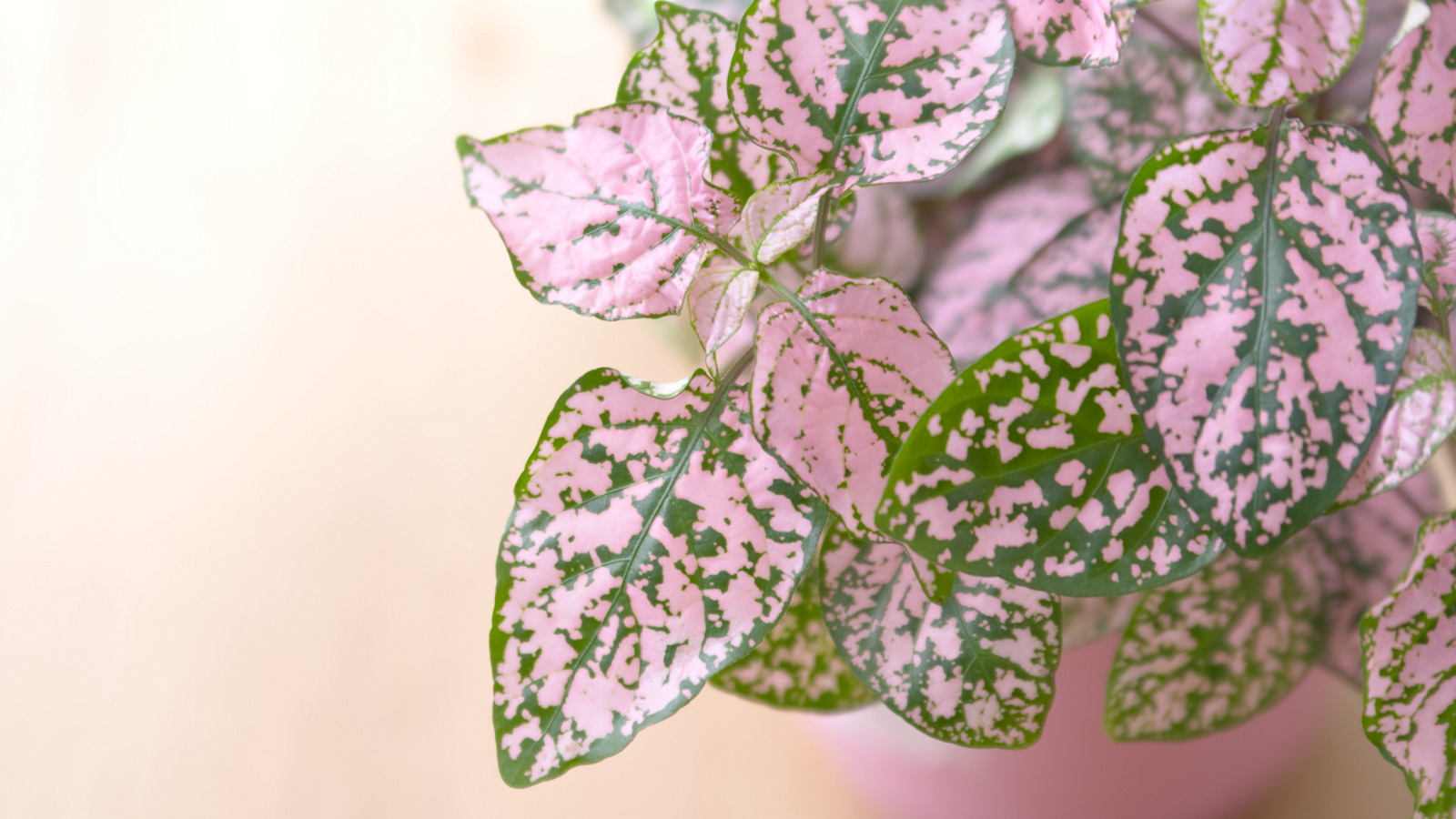
If unique plants are your thing and you're on the hunt for your next indoor plant, consider a polka dot plant for a burst of charming color.
Polka dot plants, or Hypoestes phyllostachya, are compact houseplants with speckled, variegated foliage. They come in different hues of white, pink and red, so they'd make a great addition to your pink houseplant collection.
They are native to South Africa, south-east Asia and Madagascar, and have a similar look to fittonia plants that causes a lot of confusion for houseplant owners as to whether they have a polka dot plant or fittonia. Like fittonias, they are attractive for their striking foliage and compact size, only around 11 inches tall.
These small plants pack a big punch of personality and are easy to care for. However, they can lose their vibrancy if not taken care of properly. Luckily, we've gathered expert advice on how to keep polka dot plants looking their best.
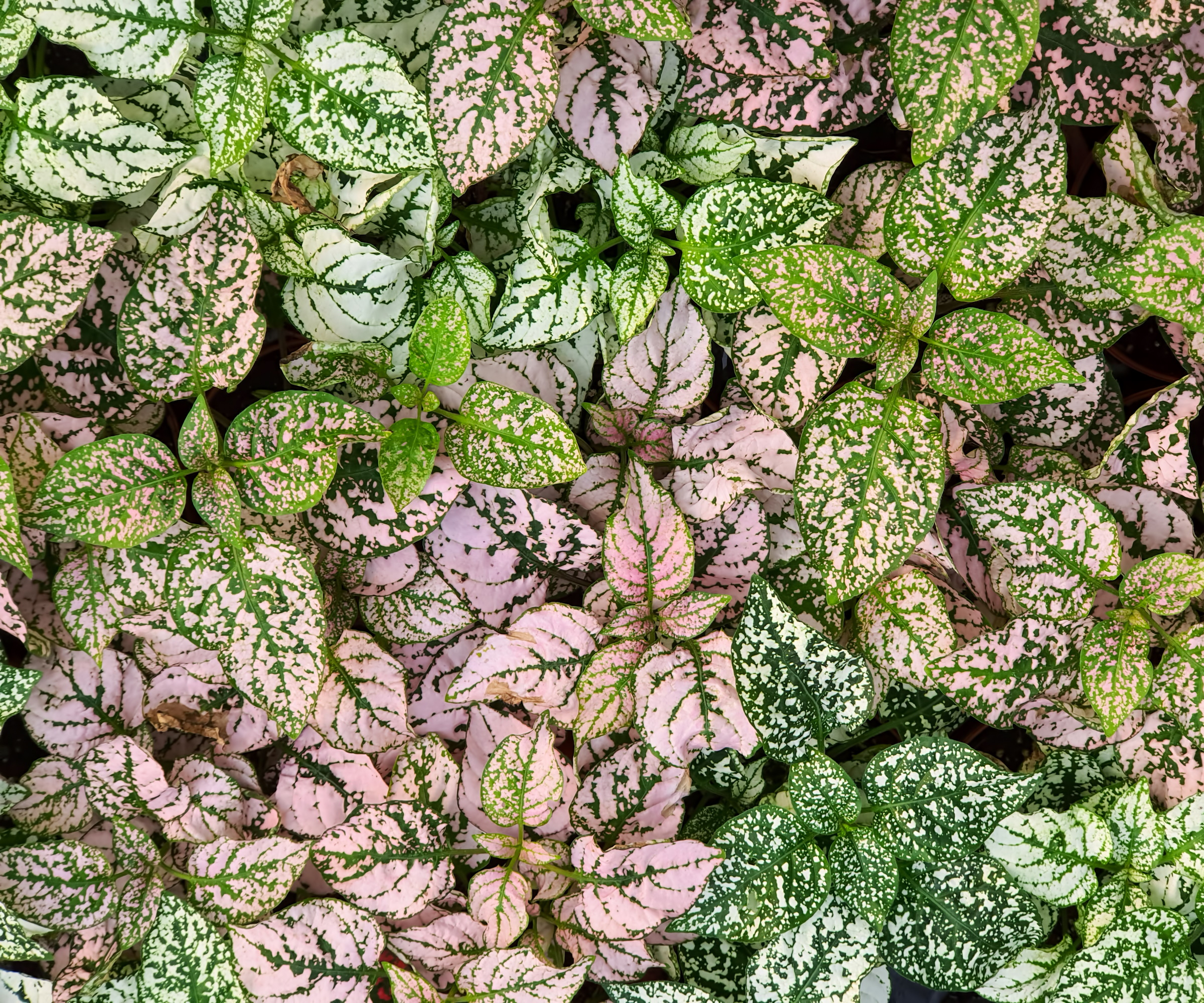
5 expert tips for polka dot plants
Polka dot plants can brighten up any room with their colorful, dotted foliage but it's important to give them the proper care to maintain their vibrant appearance. Here are five expert tips to give you polka dot plant optimal care.
1. Avoid direct sunlight
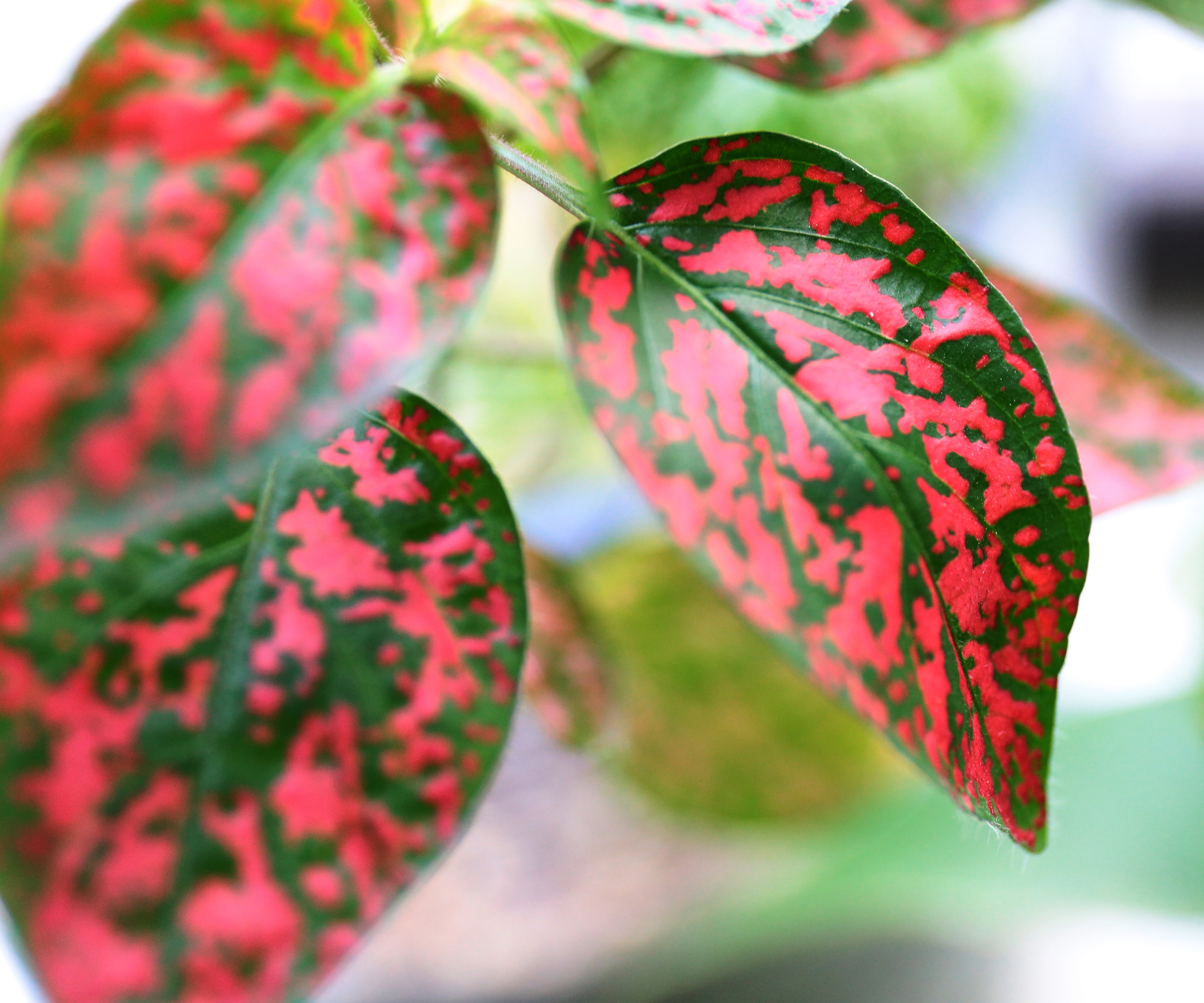
You'll find these perennial, herbaceous shrubs growing in indirect light in their natural habitat. They like bright spots but could be damaged by too much sunlight.
'Direct exposure to strong, intense sunlight can scorch their leaves, while too little light may lead to leggy growth and loss of variegation,' says Alex Kantor, owner of Perfect Plants nursery.
Design expertise in your inbox – from inspiring decorating ideas and beautiful celebrity homes to practical gardening advice and shopping round-ups.
Sitting these plants a few feet away from an east or west-facing window will provide sufficient lighting to promote growth without risking damage to their beautiful foliage.

Alex has worked in the horticultural industry for over 20 years and grew up on the farm since his childhood years. Alex is an expert on landscape trees, shrubs, and indoor plants. He is passionate about growing and helping others learn the trade.
2. Be careful not to overwater
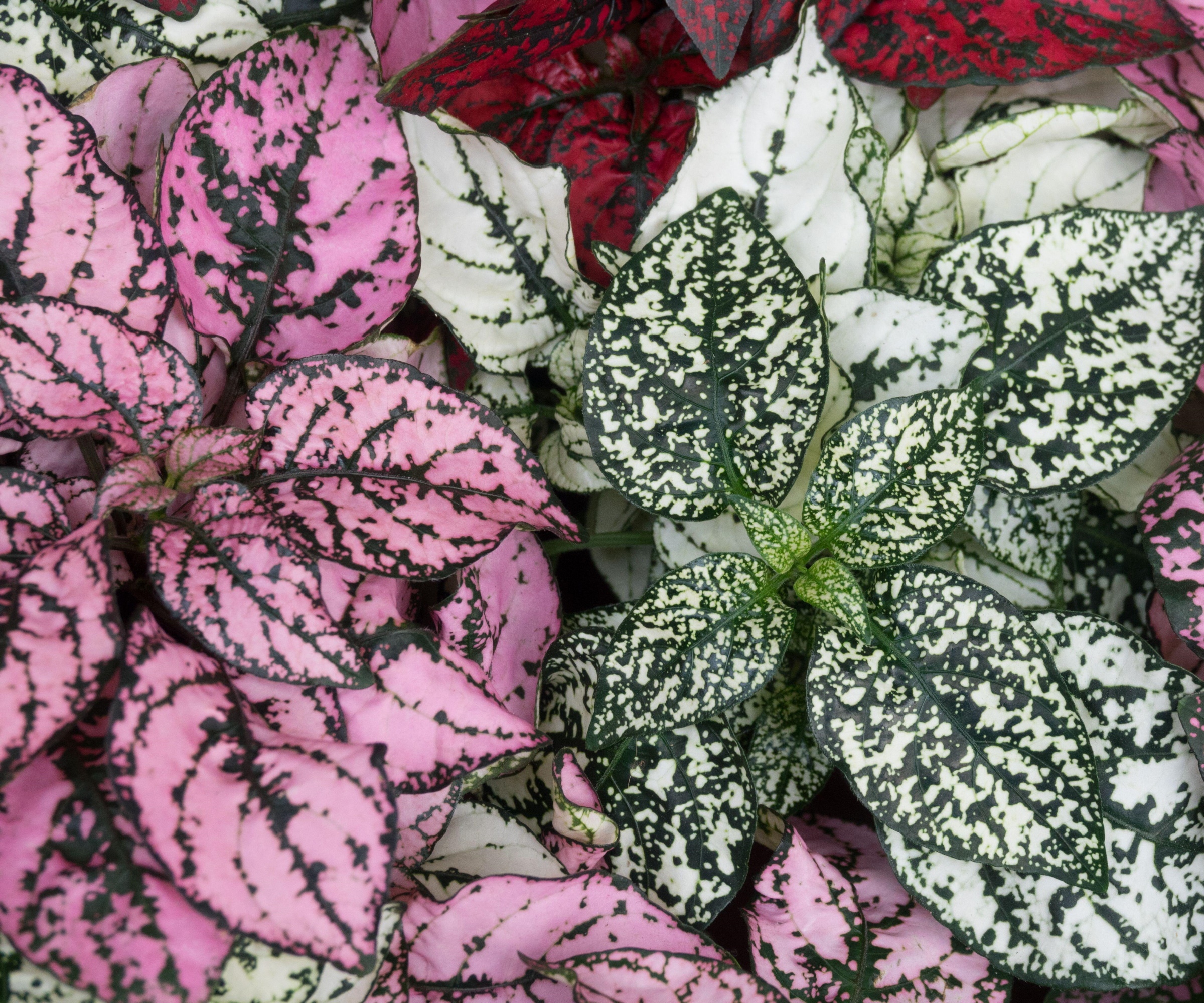
It can be hard to know how to water houseplants, especially when they all have different watering needs. When it comes to polka dot plants, there's one simple way to check if they need watering.
'Polka dot plants should be watered when the top inch of soil feels slightly dry and the leaves are drooping. It is important to avoid overwatering to prevent root rot,' says Alex.
'The bottom-up watering method is a great way to water these plants. This is when the potted plant is placed in water for about 15-20 minutes, allowing it to absorb water through the drainage holes,' he adds.
Drooping foliage is a key indication that these plants need of a drink. It's also a good idea to reduce watering during winter when they aren't absorbing as much.
You can find lots of appropriate containers with drainage holes online, like this ceramic planter from The Sill.
3. Use well-draining soil

Polka dot plants don't like to be too wet. It can lead to root rot, hindering further growth and even killing the plant.
As for most houseplants, a well-drained potting mixture is necessary. Mixing pеrlitе or vеrmiculite into your houseplant compost can help with drainage.
Taking care to provide a well-draining potting mix will help manage moisture levels for your polka dot plant. There are lots on the market, including this indoor plant soil mix from Perfect Plants nursery.
4. Prune away leggy stems
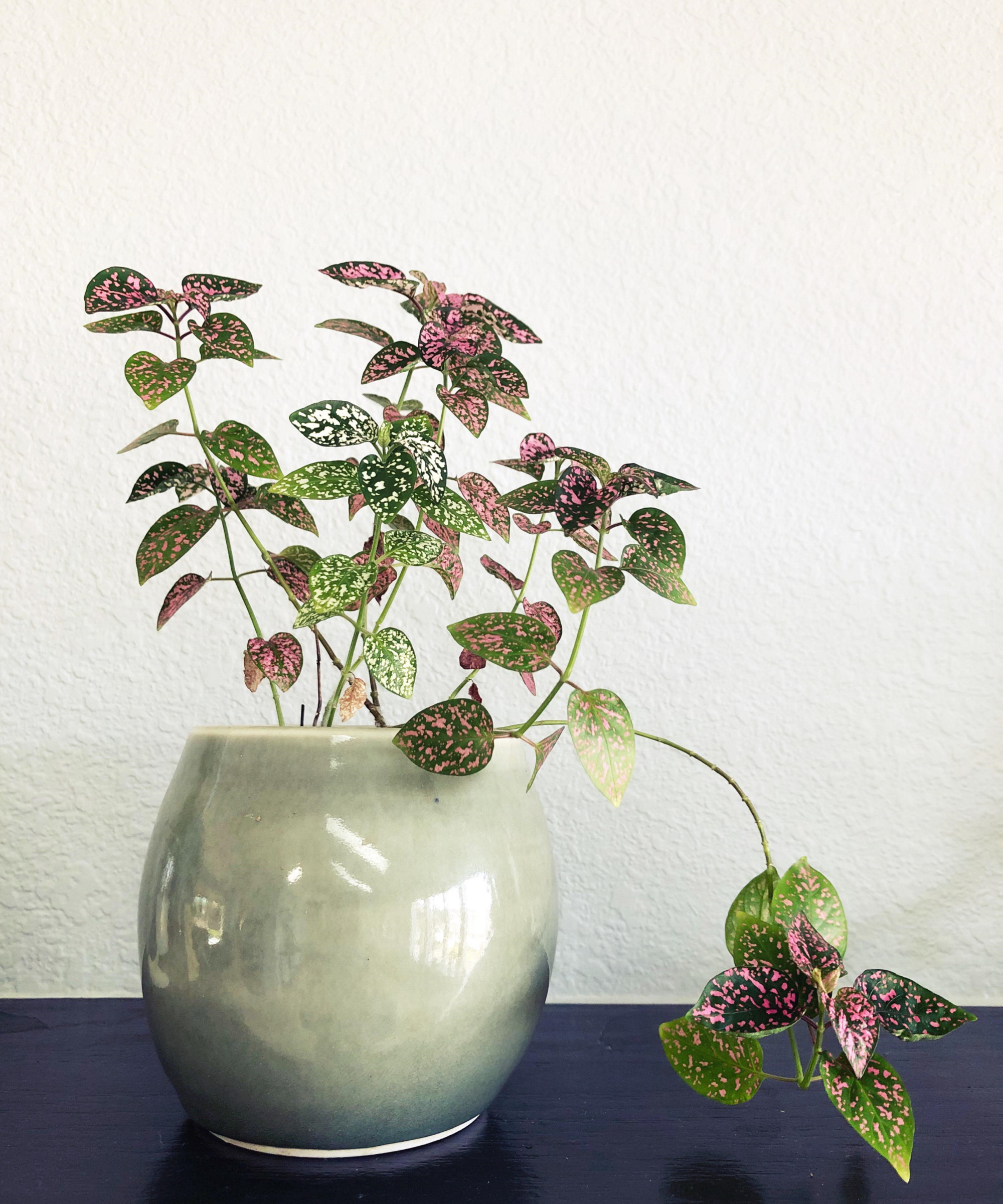
As with other woody plants, the stems of polka dot plants will become leggy if they don't receive enough light. You can cut back these stems to help keep the plant looking its best, and to promote growth.
Using clean tools like these artisan trimming shears from Greendigs, you can keep your polka dot plant looking neat and healthy.
'Focus on removing long, weak stems to stimulate new branches and foliage. Make careful cuts in thin areas, and avoid pruning too heavily to prevent excessive stress on the plant,' says Alex.
5. Repot young plants yearly
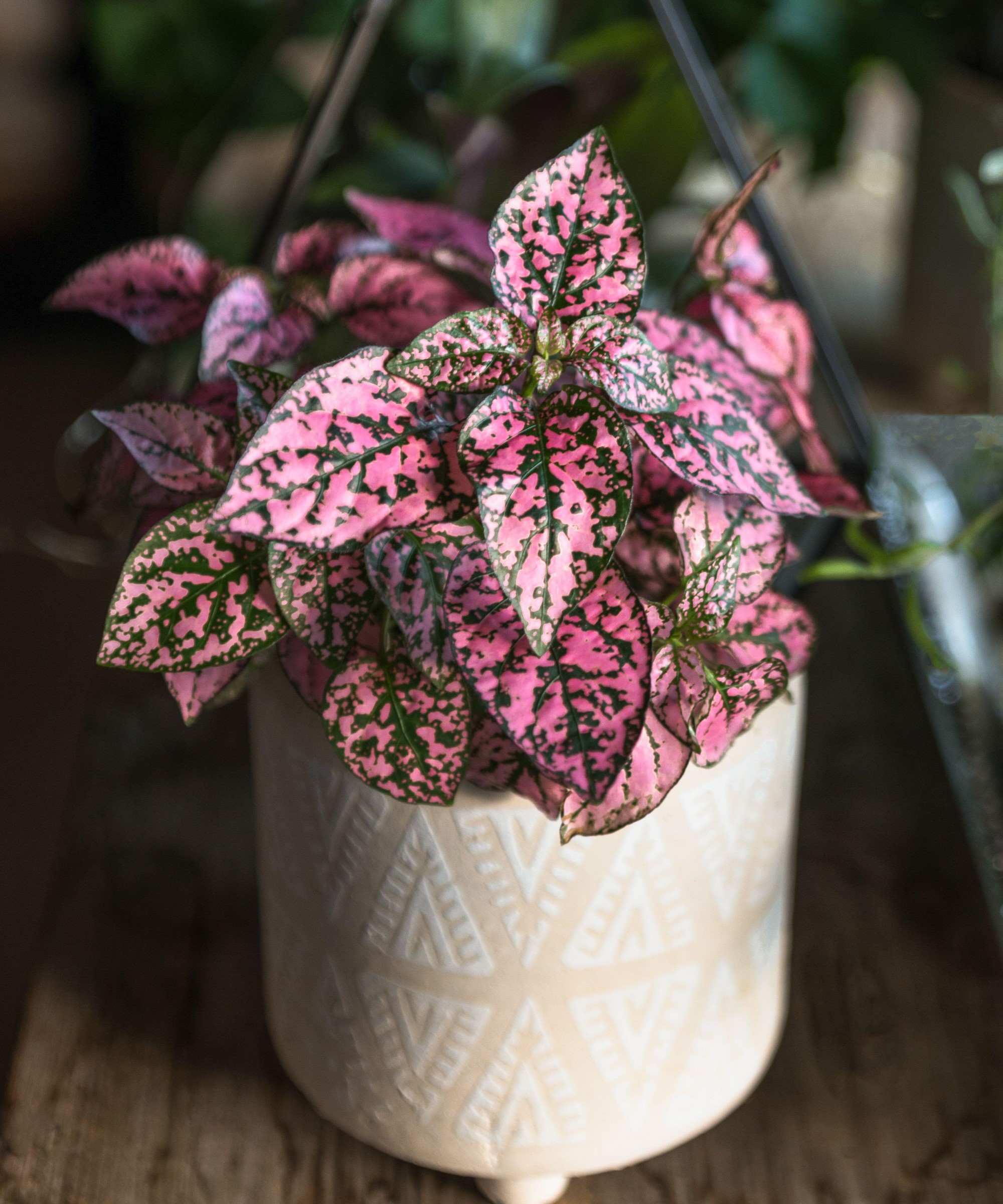
These plants may be small but they are fast-growing and will multiply in size right before your eyes.
It's important to repot houseplants as they outgrow their current containers because not doing so can lead to them becoming pot-bound, restricting further growth.
'Polka dot plants generally benefit from being repotted every one to two years in their early growth stages. Mature plants can be repotted every three to four years,' says Alex.
'Look for signs of root-bound growth or stunted growth to determine if repotting is necessary,' he adds.
A simple way to check is to remove your plant from its pot to see if the roots have anywhere else to grow.
FAQs
Why are my polka dot plant leaves not colorful?
The variegated leaves of polka dot plants can vary on each leaf. It's not uncommon for some leaves to have fewer speckles than others or even none at all. It can be caused by genetic factors or the growth stage of the plant, but it may also be an indication that the plant isn't receiving enough light.
These plants will do best in bright, indirect light but be careful to avoid placing them in direct sunlight where their beautiful colors could fade.
Can you propagate polka dot plant?
Yes, and it's easy to propagate polka dot plants by cuttings or division. You can take cuttings of healthy and sturdy stems, dip them in a rooting hormone and then propagate them in soil or water.
If you're propagating them in soil, be careful not to over-saturate the soil because it could lead to root rot. These plants are fast-growers so you'll have more of them from propagation in no time.
Can polka dot plants go in a terrarium?
Many houseplant lovers enjoy using polka dot plants when making terrariums because they provide a pop of color among greener plants and succulents. They will thrive happily in a terrarium, so long as they are receiving sufficient bright, indirect light and drainage. Just be careful to cut back your polka dot plant if you want to keep it in a terrarium, as it is likely to outgrow it quickly.
Adding a polka dot plant to your houseplant collection is a great idea for a burst of color. They just require a few things from their owners to stay thriving. If their beautiful foliage is right up your street, you can also explore other variegated houseplants to pair with them.

Tenielle is a Gardens Content Editor at Homes & Gardens. She holds a qualification in MA Magazine Journalism and has over six years of journalistic experience. Before coming to Homes & Gardens, Tenielle was in the editorial department at the Royal Horticultural Society and worked on The Garden magazine. As our in-house houseplant expert, Tenielle writes on a range of solutions to houseplant problems, as well as other 'how to' guides, inspiring garden projects, and the latest gardening news. When she isn't writing, Tenielle can be found propagating her ever-growing collection of indoor plants, helping others overcome common houseplant pests and diseases, volunteering at a local gardening club, and attending gardening workshops, like a composting masterclass.